By Kelly Khong
Continued from Spain (Day 4): Avila
Salamanca is a beautiful city with well preserved historical and monumental legacy. The ancient beauty remains alive in many ways today that it is a living city with many stories to tell. It is recommended to spend at least a day out in Salamanca to immerse and appreciate the soul of this city.
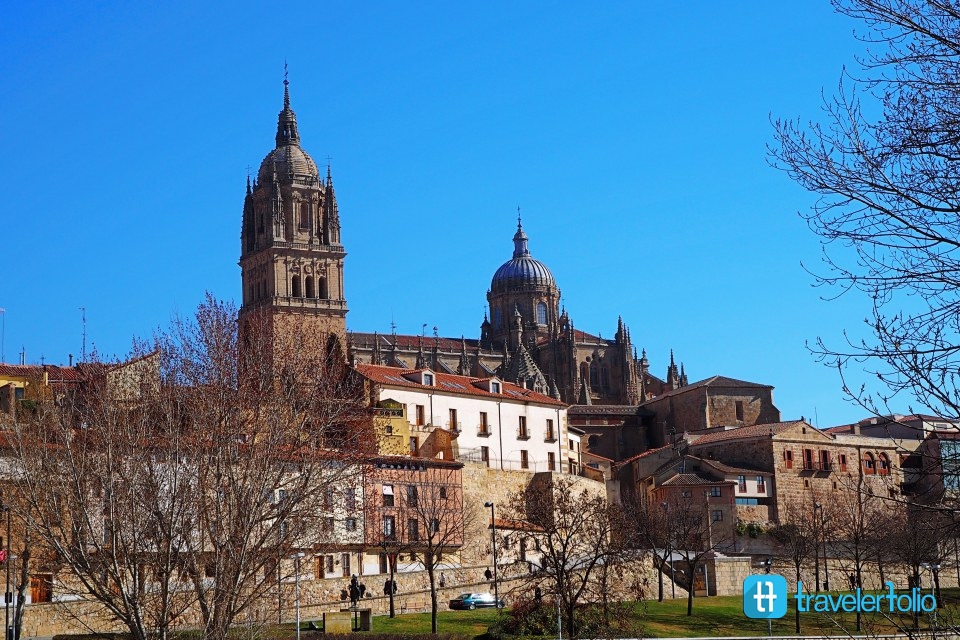
Situated in northwestern Spain, about 2 hours drive from centre Madrid, Salamanca’s Old City was declared a UNESCO World Heritage Site in 1988. Suggested itineraries includes crossing the Roman Bridge, strolling around the cobbled streets of the historic quarter and visiting the university; not forgetting the most prominent place of interest – the city’s two cathedrals with their characteristic golden stone.
Roman Bridge, puente romano de Salamanca, which leads straight into the heart of Salamanca.
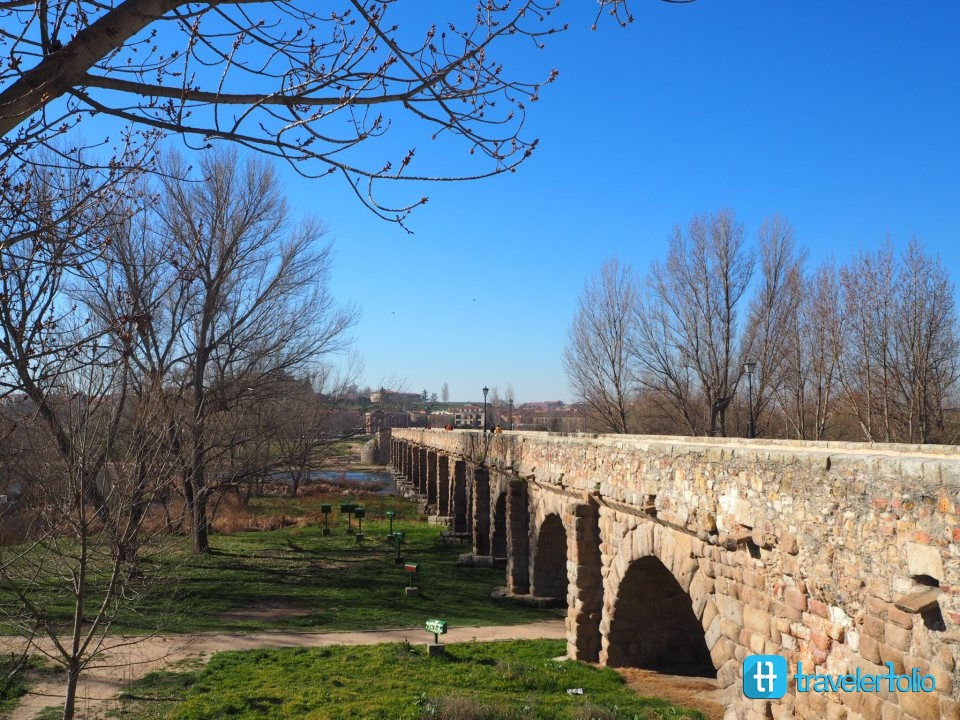
From our hotel, we started out with a pleasant strolling from the Roman Bridge which offers some of the best views of the old city and the cathedrals.
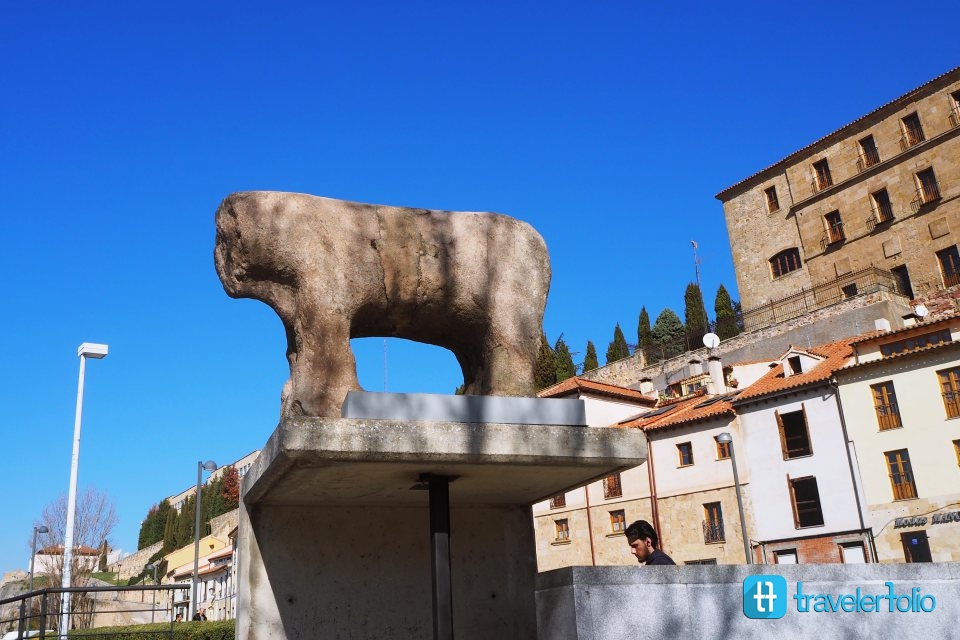
There is a romantic style boar statue at the beginning of the Salamanca side. Our guide told us the bridge represents the pre-Roman Salmantine art, which is of Celtic origin and this art form was portrayed over the shield of the city.
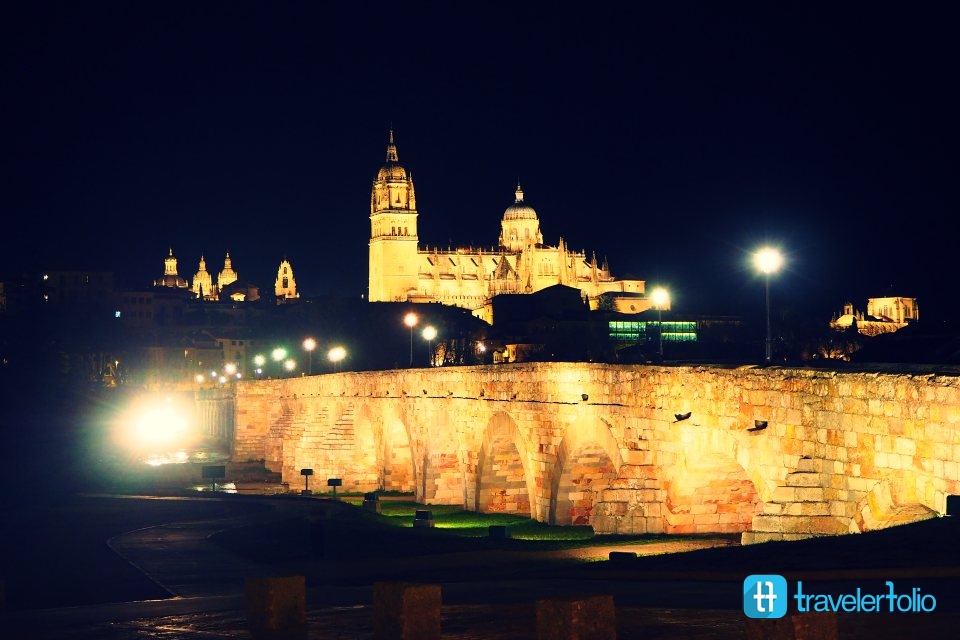
It was awesome photo time at night too, with the illuminated cathedral and the rest of the old city in the background.
Few cities have two cathedrals, and Salamanca is one of the few. Known as Catedral Nueva (The New Cathedral) and Catedral Vieja de Santa María (The Old Cathedral), they stood side by side, depicting nothing less than magnificent and splendid.

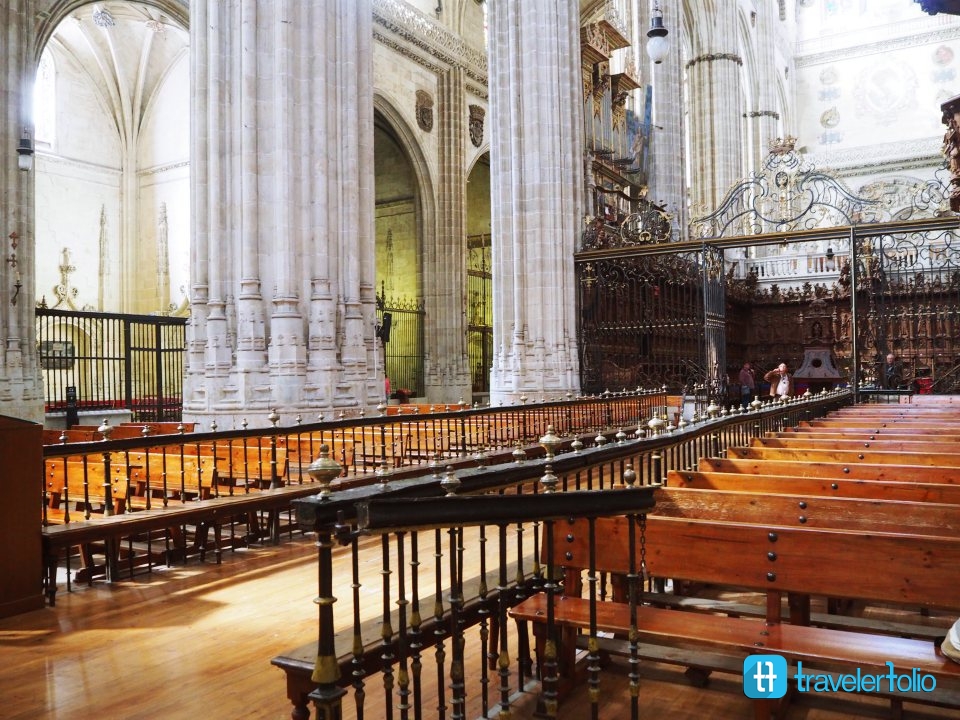
The interior architecture and decorations of the Catedral Nueva are rich and elegant, which were designed for large ritual gatherings, while the Catedral Vieja de Santa María retains its small, private, humble connection with God.
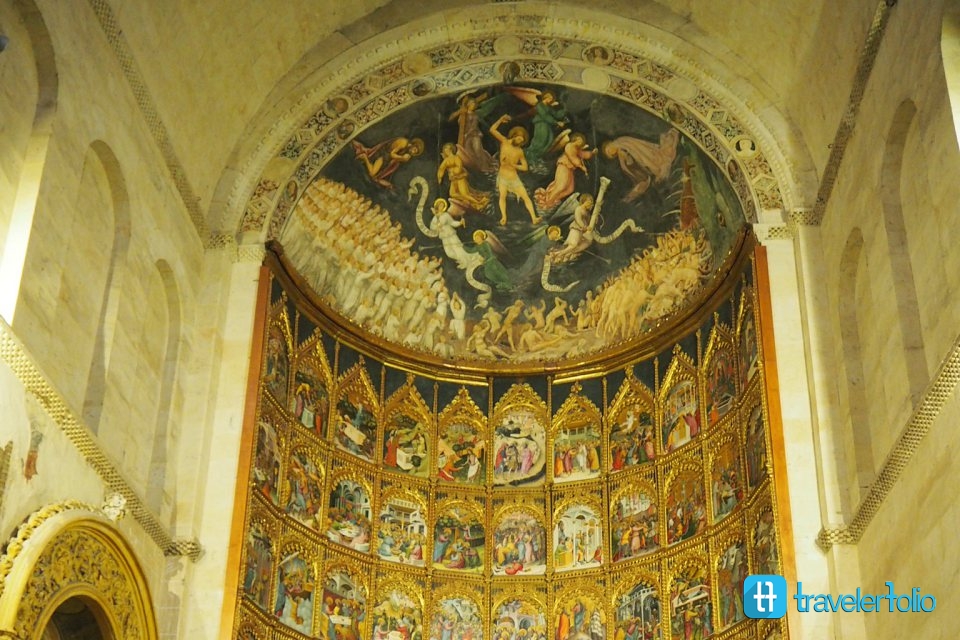
One interesting note on Catedral Nueva was that it had ‘suffered’ the Lisbon Earthquake that took place on November 1, 1755. During my visit, cracks that ran through the walls and bricks were living reminders of the devastating event. But lucky, no one died in Salamanca during the earthquake except the physical damages of the Cathedral. In fact, the Cathedral was holding a mass back then and, many believed, the Cathedral had protected them from the natural disaster, which otherwise, would be an unimaginable tragedy.
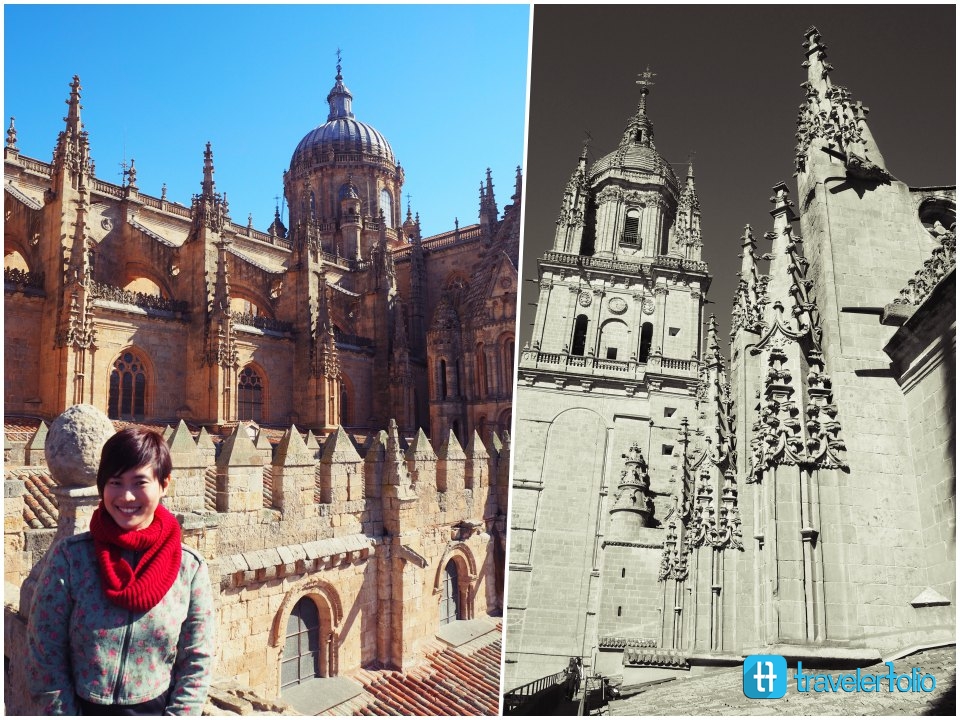
The beautiful exterior of Catedral Nueva.
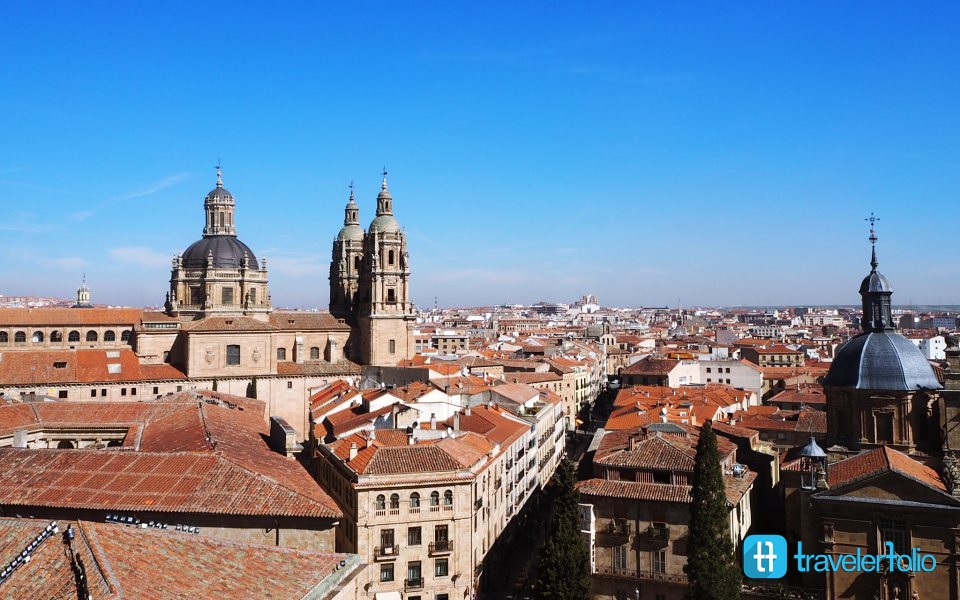
A bird’s-eye view from Catedral Nueva. Simply breathtaking.
During your visit there, do remember to admire the facades of Catedral Nueva from the front view and spot the Spaceman carving. Go closer and discover a surprise.
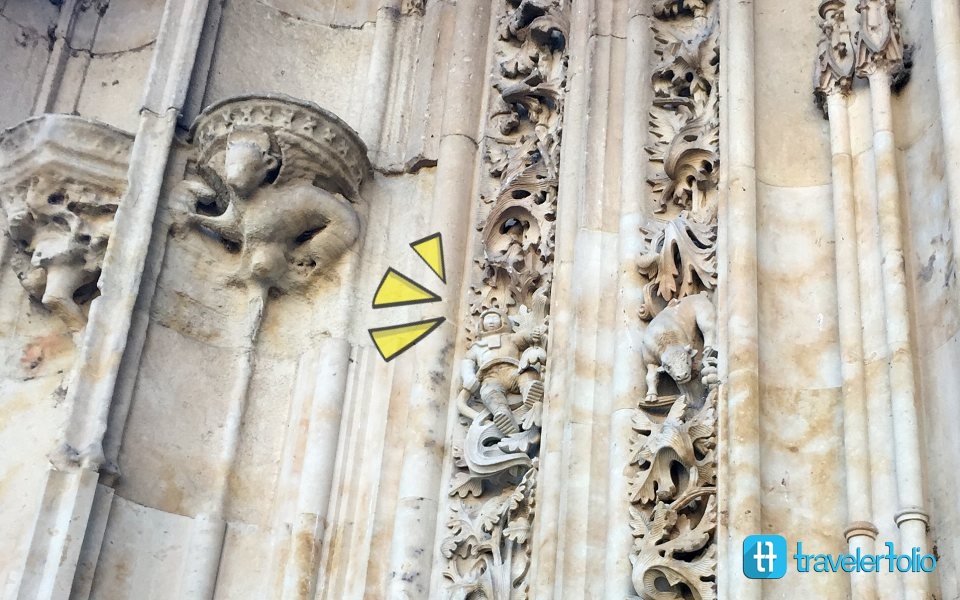
The cathedral was constructed in 1102, and is therefore one of the oldest constructions of its kind in the world. It features magnificent stone carvings on all walls, but one of them is a bit more special than the others, so to speak. It bears the depiction of what appears to be a fully dressed astronaut in a space suit, completes with details such as the sole of his shoes. Nobody knows how he got there, or what a 20th century astronaut is doing on the walls of a 12th century religious building… Speculation flies and it becomes somewhat a puzzle debated on the Internet. Fabrications such as time travel, alien visitations, and predictions of the future spout out. But the real story is…
The astronaut was added in 1992 during restoration work on the “new” cathedral. It was chosen as a remarkable symbol of the twentieth century in honour of great achievement made in space science.
Convento de San Esteban (also known as St. Stephen’s Convent).
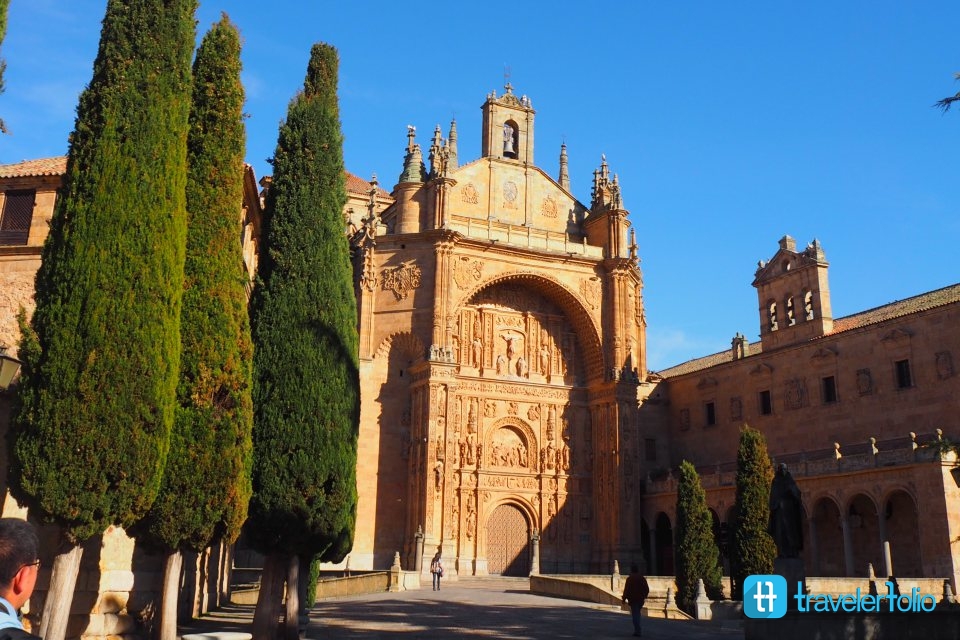
The elegant exterior with intricate carvings and play on light; the courtyard is lovely and it’s worth the time to visit.

This is a Dominican Convent that backed Columbus’s trip to America and pleaded his cause to the Catholic Kings. It has beautiful exterior with impressive carvings and a lovely courtyard (Cloister of the Kings). The antiquity is so well preserved it makes me felt like I was walking back in time. The convent is very near to Salamanca’s Plaza Mayor, so you can walk over right after that.
The Salamanca’s Plaza Mayor.
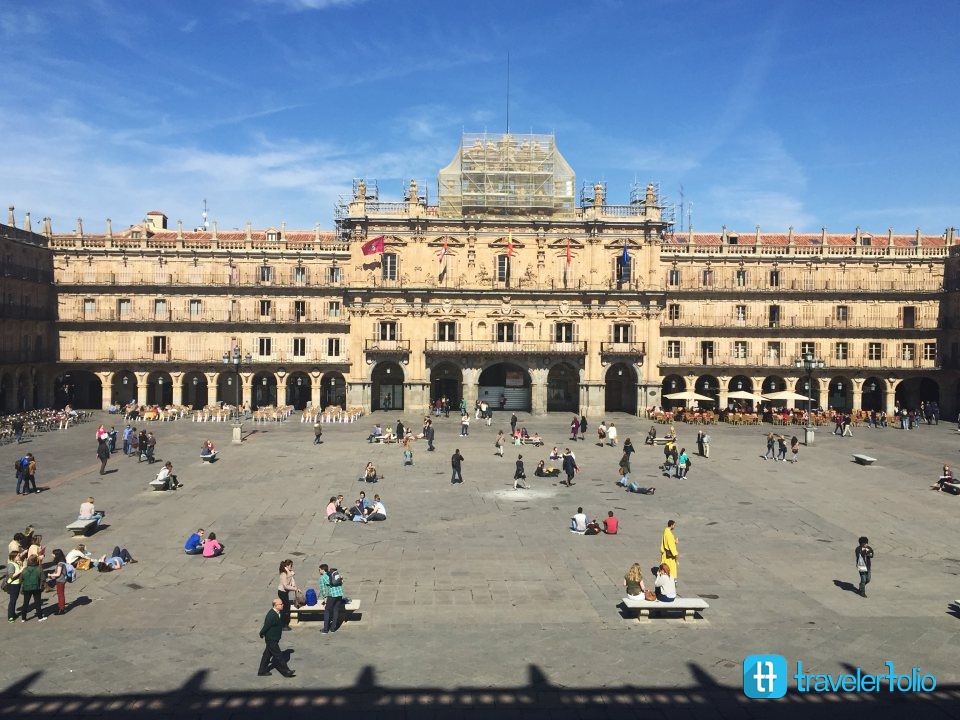
Restaurants, tourist souvenir shops as well as jewellery stores were linked up along the Plaza. During a lazy weekend afternoon, the public gathers in the Plaza to chill and relax. It is considered the heart of Salamanca and can easily access to anywhere in the city within walking distance.
Universidad de Salamanca, the university dating from 13th Century is worth a tour. The façade on the entrance was delicately carved and preserved to withstand the test of time. One can stand in front of the building and be awestruck.
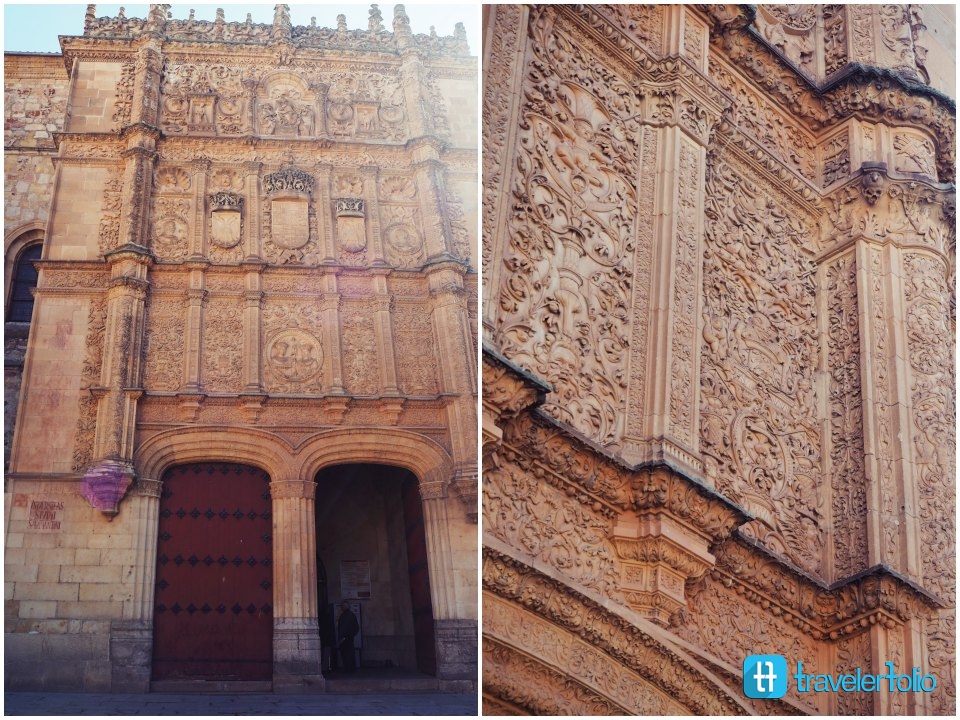
Frog on the skull – it’s believed that if you are able to spot it, you will pass your exams with flying colours!
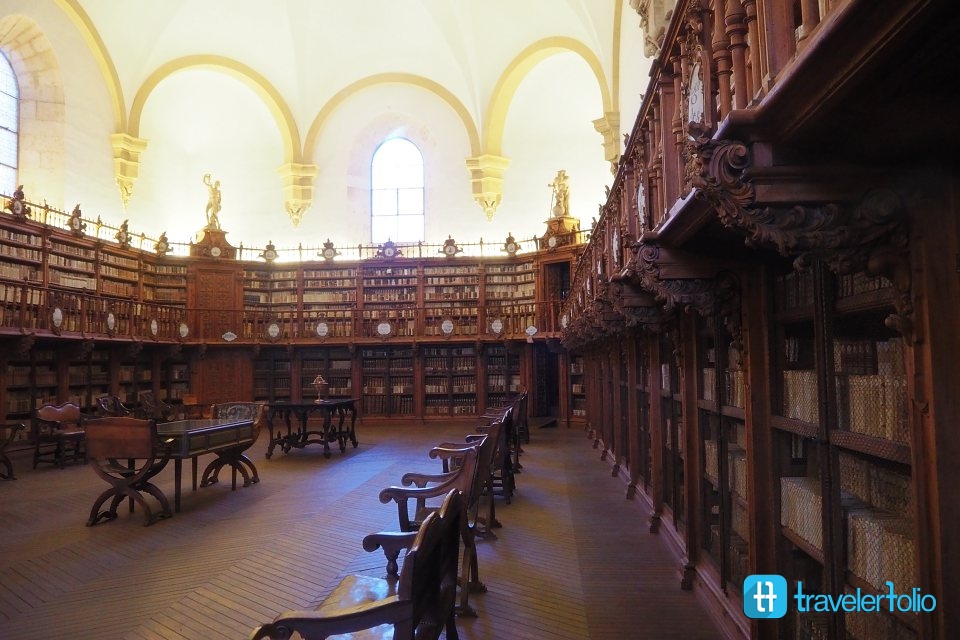
The Library of Universidad de Salamanca houses many precious books from the past century.
From the Scala Coeli (Towers of the Clerecía), you can take a good overview of Salamanca from the University.
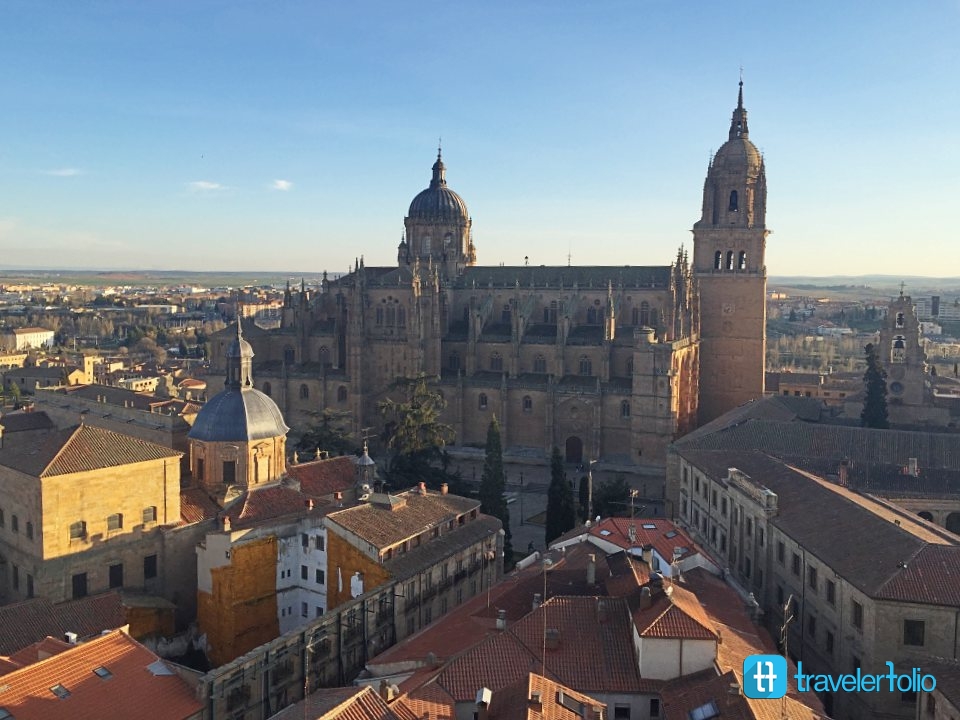
The Catedral Nueva from Scala Coeli.
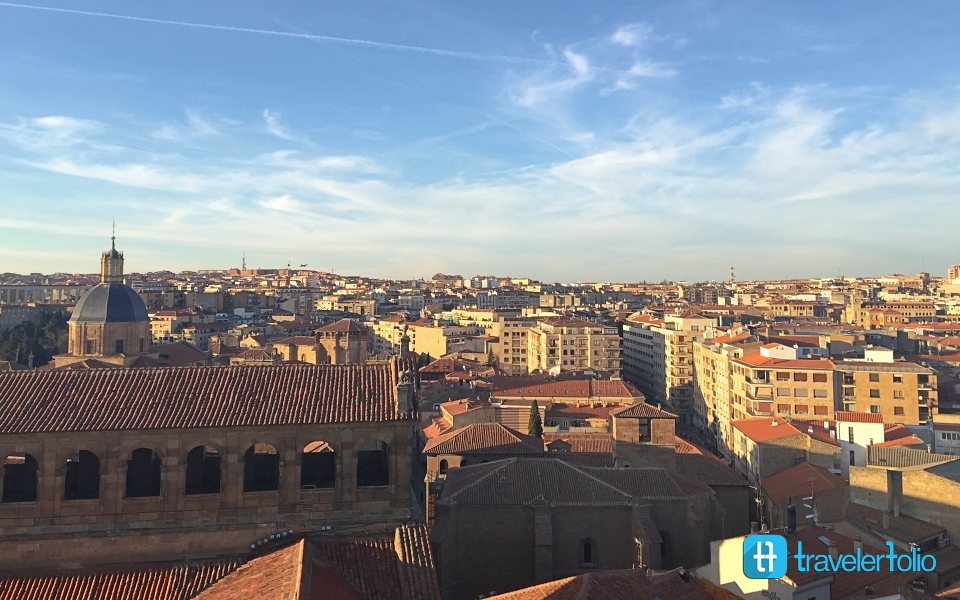
We ended our day with a cup of hot chocolate and churros from Valor! Satisfying!
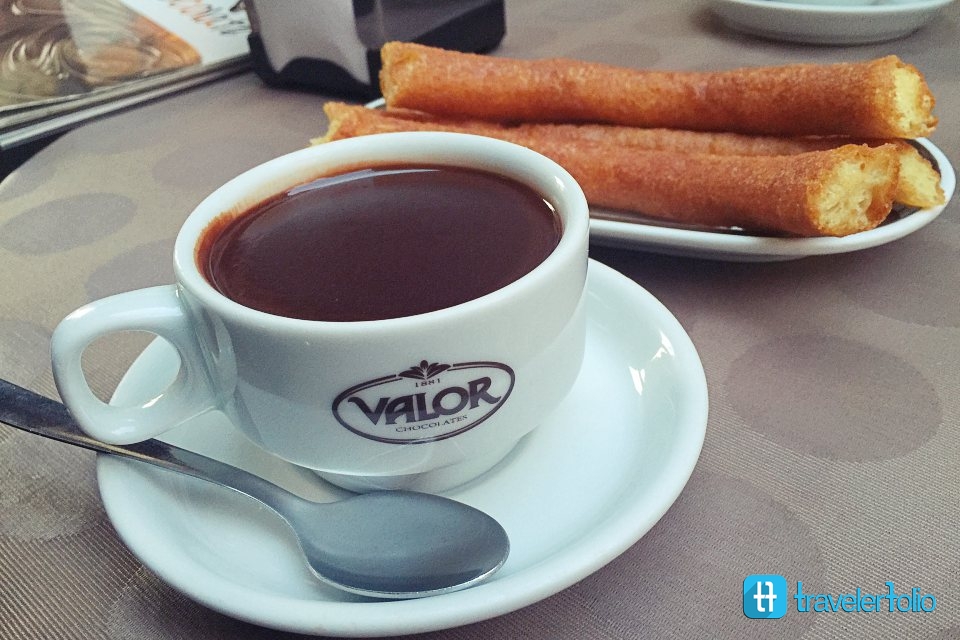
Up next: Segovia, arguably one of the places to visit for your bucket list.
Read all posts on Visit Spain 2015.

Leave a Reply